TEMPO.CO, Jakarta - President Donald Trump deployed 2,000 National Guard members to Los Angeles in response to protests over the immigration raids. Trump authorized the deployment after protests began on Friday, June 6, 2025, following the Immigration and Customs Enforcement (ICE) apprehending 44 individuals in the city for immigration violations, Al Jazeera reported.
The deployment immediately drew condemnation from California Governor Gavin Newsom, Los Angeles Mayor Karen Bass, former Vice President Kamala Harris, and many other senior Democratic leaders.
They described the deployment of the National Guard to confront the protesters as a provocation aimed at escalating tensions in the second-largest city in the United States.
What is Meant by the National Guard?
According to the Council on Foreign Relations website, the National Guard is a unique branch of the U.S. military that serves the state and federal governments. Normally, the National Guard is activated to respond to state-level emergencies such as hurricanes or wildfires.
However, unlike most other military forces, the Guard can also be assigned to domestic law enforcement duties. If necessary, the president can deploy the Guard for foreign missions, as seen in Afghanistan and the Horn of Africa.
The Guard has two main components: the Army National Guard and the Air National Guard. Although both are considered reserve forces, they differ from the regular Army and Air Force reserves.
The National Guard Bureau, headed by a four-star general who sits on the Joint Chiefs of Staff, oversees the National Guard at the federal level.
In fiscal year 2023, the National Guard had 430,040 members, organized into fifty-four separate units in each state, Washington, DC, and three U.S. territories: Guam, Puerto Rico, and the U.S. Virgin Islands.
This includes the Army National Guard, which consists of 326,317 soldiers, and the Air National Guard, which has 104,974 members.
Most National Guard members work part-time, balancing military duties with civilian jobs or education. They typically train one weekend every month and serve several weeks annually, with most members stationed in their home state.
All enlistees in the Guard must undergo basic training. After that, they attend regular training. Typically, training takes place one weekend each month. Every year, members undergo training for two weeks.
What is the History of the National Guard?
The National Guard's roots can be traced back to the colonial era, when colonies in America formed militias based on the British tradition of citizen soldiers defending their communities. The Massachusetts Bay Colony formed the first militia regiment on December 13, 1636. After the United States was established, these state militias persisted. This reflects the balance between state and federal powers established in the Constitution.
It wasn't until the early 1900s, particularly after the Militia Act of 1903 and World War I, that the Guard transformed into a more organized force equipped with full gear. This era also clarified the relationship between state and federal authority over the Guard.
Who Leads the National Guard?
Typically, the governor of a state controls their respective National Guard units, but the president can activate the National Guard in certain situations. (The DC National Guard always falls under federal command.)
The president can call the National Guard for various reasons, from responding to natural disasters to supporting military operations abroad. State-level missions are typically short-term, while federal deployments can last for a year or more.
In international deployments, Guard units often train and serve under active-duty task force commanders, performing the same duties as regular military personnel. However, administrative matters usually remain under state control. Sometimes, the federal government funds a deployment that remains under state command. This was the case during the pandemic.
When is the National Guard Deployed?
Typically, if a U.S. state is in a state of emergency that requires the deployment of the National Guard in response, the governor of the state can mobilize the troops stationed there.
However, the president can activate the National Guard from a state, but this usually requires the governor's approval.
The National Guard is deployed in the event of natural disasters or severe weather, civil unrest, war, or when election assistance is needed. For example, around 50,000 National Guard troops were deployed in 2005 after Hurricane Katrina hit several southern states.
In January, Newsom deployed the National Guard when wildfires ravaged several areas in Los Angeles. In recent years, National Guard troops in civilian clothing have been stationed at polling places during elections.
However, during the current protests, Trump deployed National Guard forces in Los Angeles without Newsom's approval.
Robert Cohen, a history and social studies professor at New York University, told Al Jazeera that Trump's decision to deploy the National Guard without seeking Newsom's approval was "wrong, but typical of Trump's biased way of tarnishing almost all of his major decisions."
What Controversies Involve the National Guard?
Disputes over who has the authority to deploy the National Guard between the US president and state governors are not unique to the present. There have been several disputes, particularly during periods of civil unrest.
While governors can use the National Guard for temporary law enforcement, presidents are generally constrained by the Posse Comitatus Act unless they use the Insurrection Act. Presidents like Eisenhower and Kennedy used this law to enforce civil rights decisions in the South.
Debates about the use of the military domestically resurfaced in 2020 during national protests. President Trump threatened to deploy the military under the Insurrection Act, but instead called governors to send their National Guard units to Washington, DC. This move was criticized for being overly forceful and legally questionable. The response to the Capitol riots in January 2021 was criticized for being slow, partly due to the unique federal control over the DC National Guard.
At the southern border, the deployment of the National Guard faced criticism for a lack of authority to enforce immigration law and poor working conditions, especially in Operation Lone Star in Texas. Supporters argued that the deployment was necessary to support border patrol efforts.
President Trump's declaration of a national emergency at the border in 2025 allowed for developing additional National Guard troops, raising concerns about the blurred lines between civilian policing and military action.
In 2023, the involvement of the Air National Guard in intelligence operations came under scrutiny after a young member, Jack Teixeira, was arrested for leaking classified documents. This incident prompted calls for reform in handling sensitive information and raised questions about access to military intelligence within the National Guard.
Editor's Choice: California Governor Sues Trump over Sending National Guard to Los Angeles
Click here to get the latest news updates from Tempo on Google News



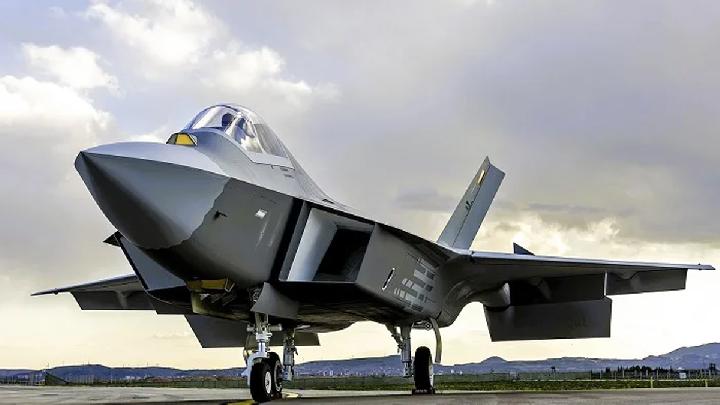

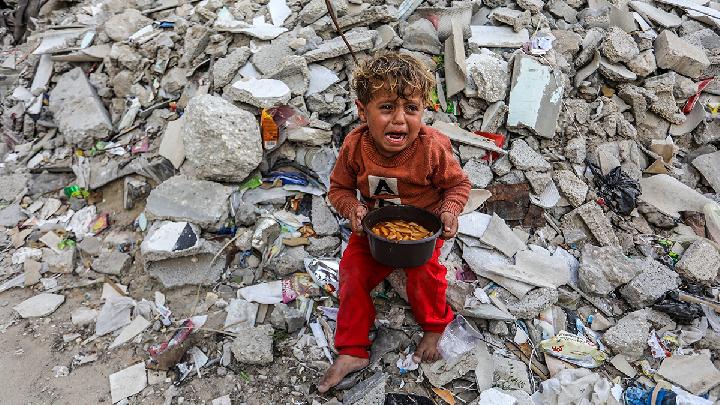
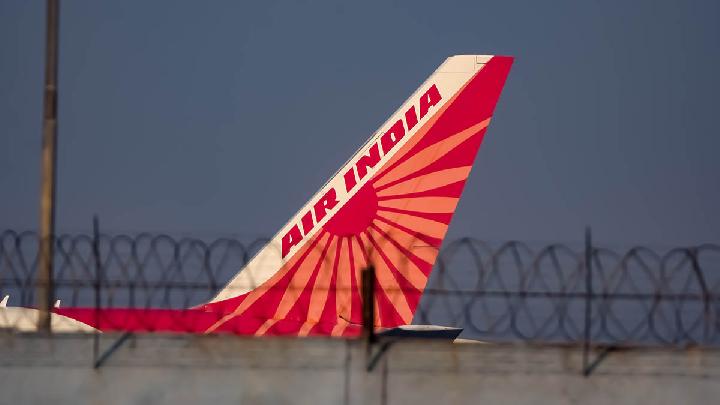

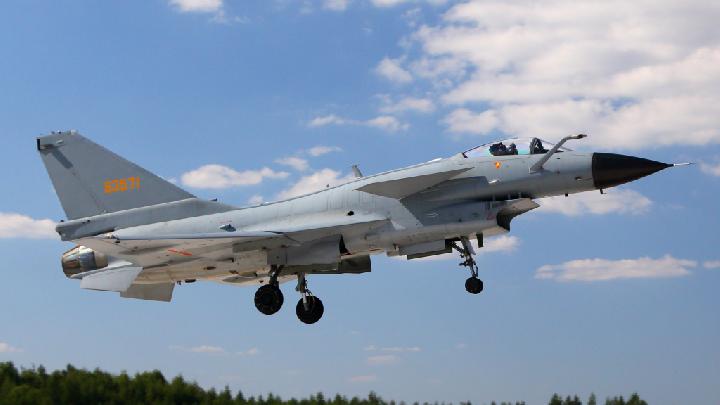


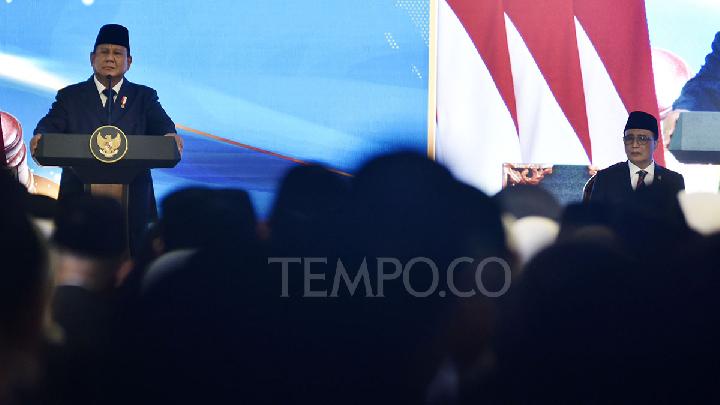







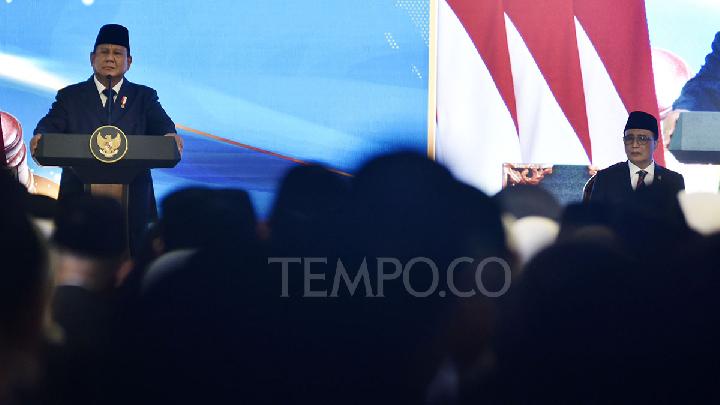











:strip_icc():format(jpeg)/kly-media-production/medias/3977835/original/066021800_1648524608-pexels-ahmed-aqtai-2233416_1_.jpg)
:strip_icc():format(jpeg)/kly-media-production/medias/3449231/original/035609000_1620241432-000_99C2L3.jpg)
:strip_icc():format(jpeg)/kly-media-production/medias/4779768/original/056174500_1711004488-hands-holding-knife-fork-alarm-clock-plate-blue-background.jpg)
:strip_icc():format(jpeg)/kly-media-production/medias/4678420/original/041411600_1701993066-pexels-thirdman-8489077.jpg)
:strip_icc():format(jpeg)/kly-media-production/medias/5134530/original/076641900_1739622826-20250215-Prabowo-AFP_7.jpg)
:strip_icc():format(jpeg)/kly-media-production/medias/3626995/original/056226000_1636431538-252444828_305857281141144_6357930935168472204_n.jpg)
:strip_icc():format(jpeg)/kly-media-production/medias/1619105/original/061499300_1496997418-ramadan-main.jpg)
:strip_icc():format(jpeg)/kly-media-production/medias/3508689/original/070798000_1626139545-20210713-Elon-Musk-SolarCity-5.jpg)
:strip_icc():format(jpeg)/kly-media-production/medias/4769102/original/014075000_1710171937-20240311-Taraweh_Pertama_di_Istiqlal-ANG_1.jpg)
:strip_icc():format(jpeg)/kly-media-production/medias/5106410/original/089112900_1737608852-Buya_Yahya.jpg)
:strip_icc():format(jpeg):watermark(kly-media-production/assets/images/watermarks/liputan6/watermark-color-landscape-new.png,1100,20,0)/kly-media-production/medias/5140628/original/019242500_1740225866-Persita_Tangerang_vs_Borneo_FC-35.jpg)
:strip_icc():format(jpeg)/kly-media-production/medias/3902213/original/084057500_1642045386-pexels-ralph-w-lambrecht-1446076__1_.jpg)
:strip_icc():format(jpeg)/kly-media-production/medias/4878826/original/064720000_1719661833-WhatsApp_Image_2024-06-28_at_23.09.07.jpeg)
:strip_icc():format(jpeg)/kly-media-production/medias/5141412/original/005545700_1740364919-Snapinsta.app_481203089_18446336839077229_3957692586101845976_n_1080.jpg)
:strip_icc():format(jpeg)/kly-media-production/medias/771429/original/006248600_1416892825-m2.jpg)
:strip_icc():format(jpeg)/kly-media-production/medias/2265569/original/050855900_1530514161-20180702-Harga-Pertamax-Naik-di-Semua-Daerah--TALLO-4.jpg)
:strip_icc():format(jpeg)/kly-media-production/medias/2240997/original/070157500_1528277766-arches-architecture-building-460680.jpg)
:strip_icc():format(jpeg)/kly-media-production/medias/4787912/original/016408900_1711630423-20240328-Penukaran_Uang-AFP_6.jpg)
:strip_icc():format(jpeg)/kly-media-production/medias/5139103/original/083951400_1740056485-Screenshot_20250220_192744_Instagram.jpg)
:strip_icc():format(jpeg)/kly-media-production/medias/4290349/original/045313100_1673596178-cek_fakta_kemensos_dana.jpg)